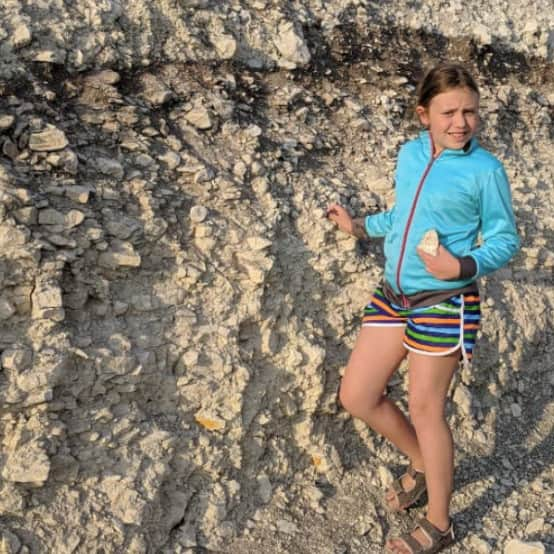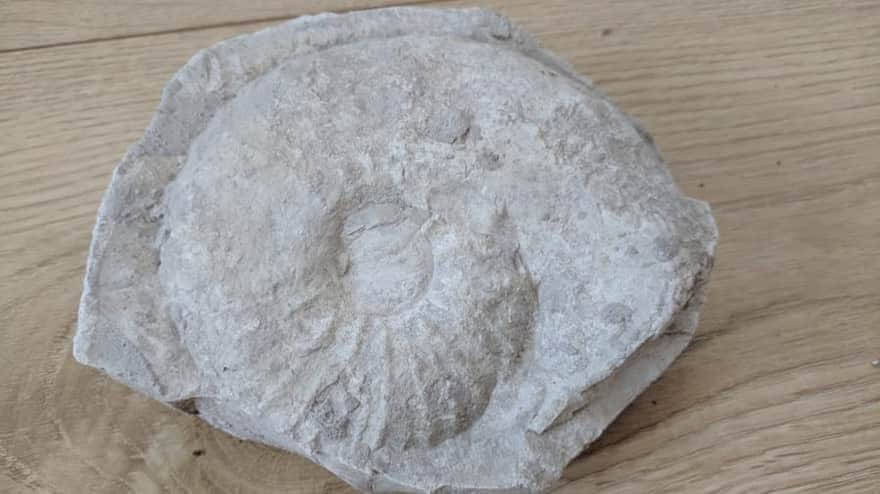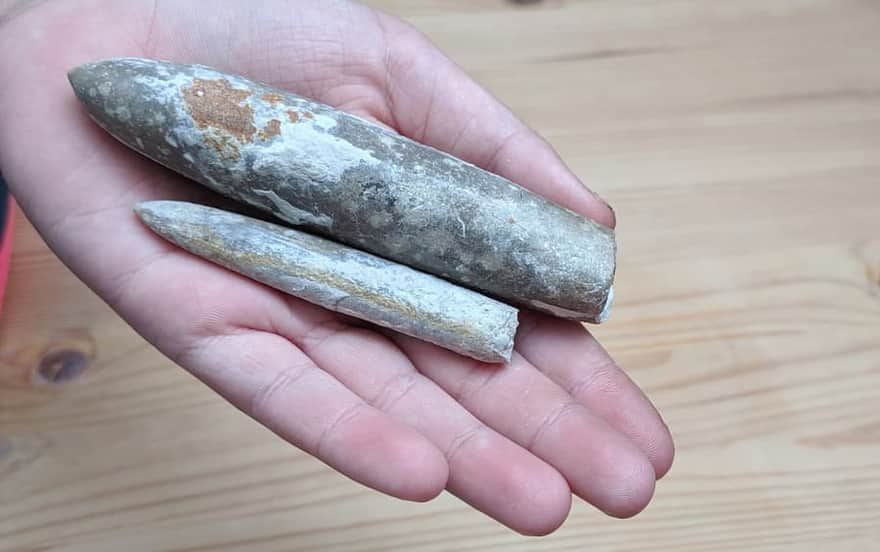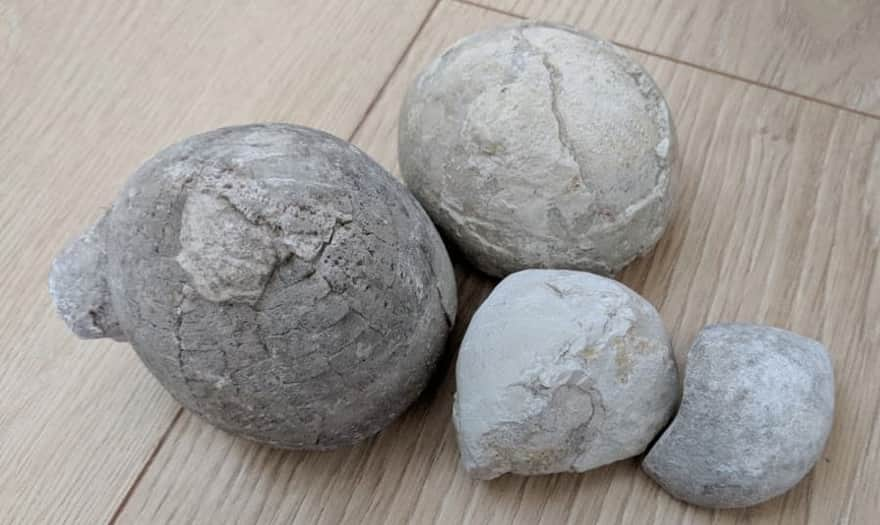Looking for fossils in Krakow and its surroundings

We all associate the Jurassic period with the reign of mighty dinosaurs. But did you know that when these giant reptiles ruled our lands, a significant part of Poland and even most of Europe was underwater!
Dive in!
It was a warm sea, and the shells and exoskeletons of the animals that lived there formed extraordinary white rocks - surely you know them well and have climbed them many times - these are Jurassic limestone.
Take a closer look at them! Observe the limestone, historic walls, church floors (in St. Mary's Church, St. Anne's Church, at Wawel, near St. Adalbert's Church), pebbles (e.g., near the Dżok dog monument). In many of them, you will find traces of ancient, prehistoric animals that inhabited our planet then. Take your whole family on a Jurassic fossil hunt!
Where in Krakow to go fossil hunting?
We found our specimens at the Kraków Mydlniki railway station. Currently, during the railway line reconstruction, the entire route is dug up, and there is an asphalt road leading towards Bronowice behind the station. We look on the embankment. Ammonites in this part of the Jurassic are unfortunately rare, the easiest to find is a sea urchin - it resembles a limestone roll. There are quite a few of them here. It's also easy to find remains of sponges. Unfortunately, renovation work is ongoing, and the availability of the area is constantly changing - it's best to go on the weekend or in the evening. Or maybe you know places where you can go with a child in search of fossils or interesting rocks?

Ancient animals inhabiting the Jurassic sea
Ammonites - their beautiful shells remind us of a snail's shell. However, they were not snails, but cephalopods, like the octopuses and squids that live today. Their shells were hollow inside, divided only into many chambers. The animal lived only in the last chamber, growing it created a new, larger chamber, and so its shell grew with it.

Belemnites - are also extinct cephalopods. The shape of their skeleton resembled a bullet or arrow. It was even once thought that they were not fossils but traces of lightning strikes!

Sea urchins live on the bottom. Their spherical body is covered with a shell and movable, limestone spines. We can still find them in the warm seas today, e.g., in the Mediterranean Sea.

Sponge skeletons - a sponge's body resembles a bag attached to the bottom. They are sedentary, immobile, and so unlike animals that they were long considered plants!

The science dealing with ancient, extinct animals and their fossils is paleontology.
Be sure to visit the Geological Museum in Krakow (near the Market Square). There is also a very interesting geological exhibition in the main building of AGH.
Publish Date:


